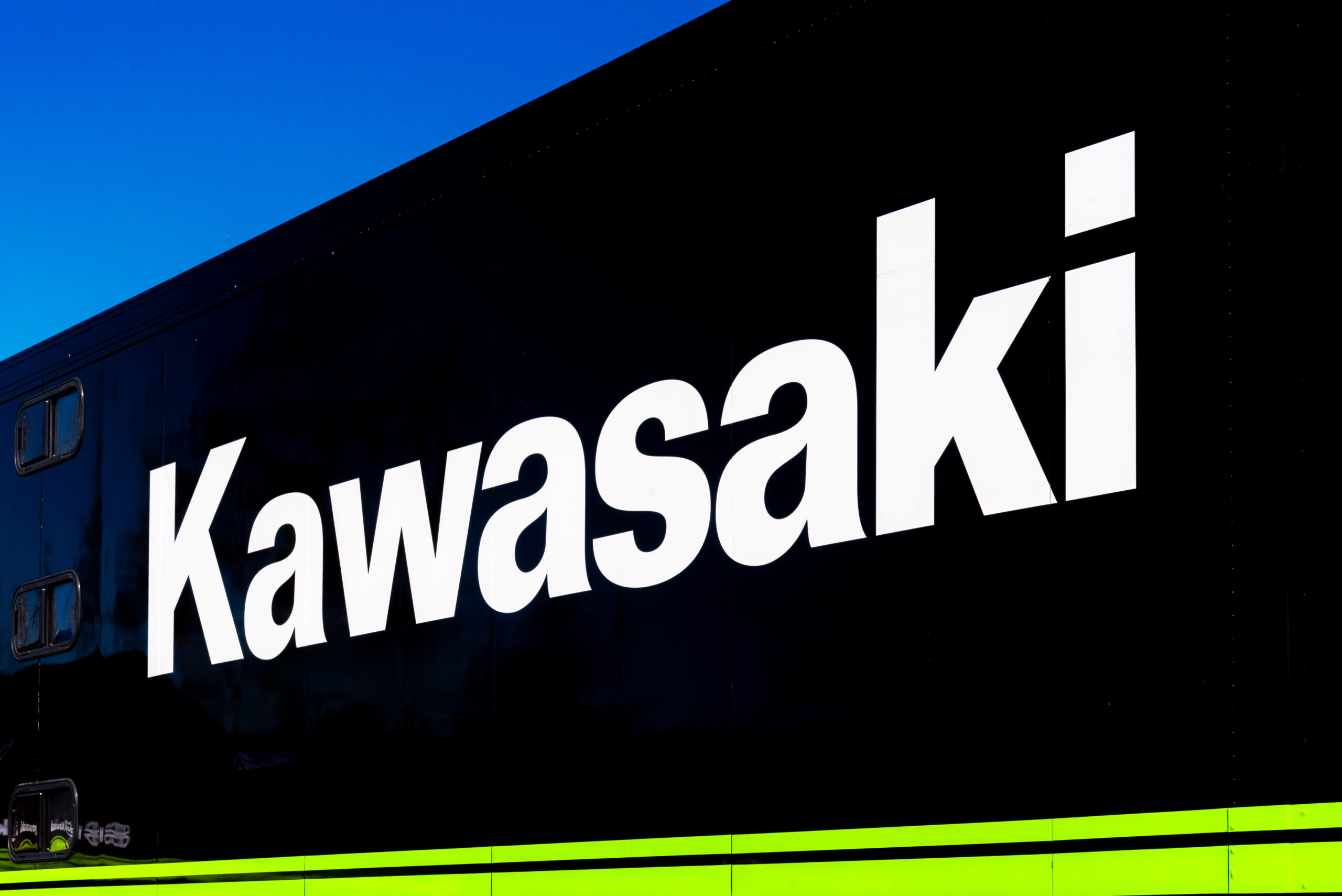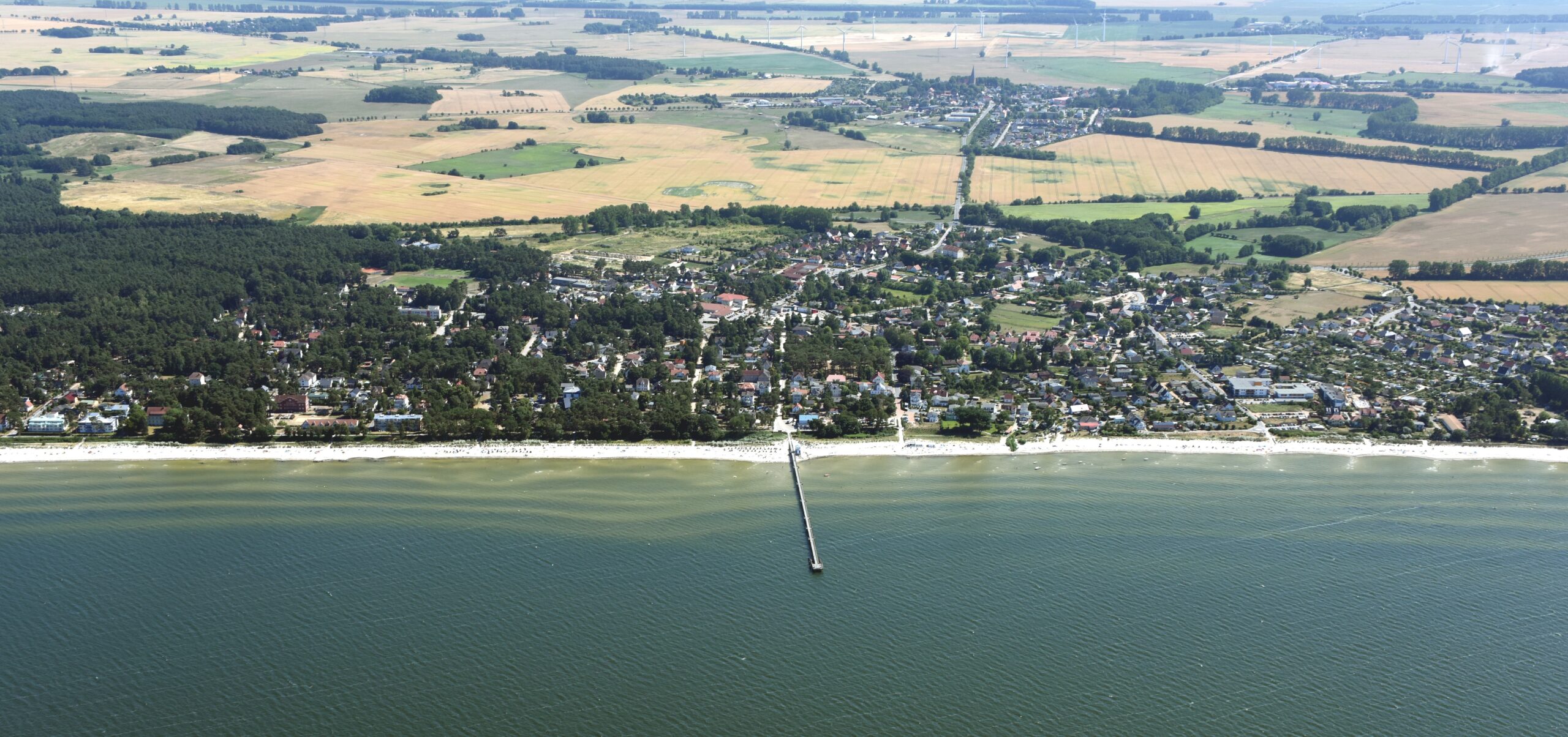Kawasaki’s Demonstration Facility Begins, Boosts its Hydrogen Portfolio

Kawasaki Heavy Industries has commenced work on what it describes as the world’s first centrifugal hydrogen compressor designed explicitly for liquefaction plants.
Named KM Comp-H2, the compressor is said to enhance the pressure of refrigerant hydrogen gas, boosting efficiency in the liquefaction process and potentially lowering hydrogen supply costs.
To achieve this, Kawasaki has incorporated an ultra-high-speed impeller, allowing hydrogen to be compressed more efficiently.
The company announced that the demonstration facility in Japan is scheduled for completion by November 2025, with operational testing planned for the following year.
Initiative comes as part of a wider vision for hydrogen
This initiative is part of the Green Innovation Fund’s ‘Development of large-scale high-efficiency machinery for hydrogen liquefiers’ programme and is supported by the New Energy and Industrial Technology Development Organisation (NEDO).
The year-long operational testing will evaluate the compressor’s performance under continuous, real-world industrial conditions.
Given the extremely high rotational speeds, ensuring effective vibration control and dynamic stability will ensure safety and long-term durability.
Kawasaki have dabbled in hydrogen for a while
These plans are part of a wider agenda from Kawasaki, which has dabbled in the hydrogen sector for some time.
With a trend of focussing on hydrogen transport, in July 2024, they conducted the world’s first public demonstration run of a hydrogen ICE (internal combustion engine) motorcycle by a mass-production motorcycle manufacturer at Suzuka Circuit in Suzuka City, Mie Prefecture, Japan.
The hydrogen ICE motorcycle was developed as part of a research initiative launched in March 2023. Test runs began this year and culminated in the public demonstration.
The machine is equipped with a hydrogen engine derived from the 998 cc In-Line Four Supercharged Engine featured in Kawasaki’s Ninja H2 motorcycle.
Adjustments were made to enable the direct injection of hydrogen fuel into the cylinders.
Its chassis had been specifically designed to house hydrogen fuel canisters and an onboard hydrogen fuel supply system.
Identifying mobility issues through the art of racing
Additionally, HySE (Hydrogen Small Mobility & Engine Technology Association) participated in the “Mission 1000 ACT” of Dakar 2025, which was held in Saudi Arabia from January 3-17, 2025, with the HySE-X2.
“Mission 1000” is the category newly added to Dakar 2024, which is well-known as “Dakar Rally” for the world’s toughest motorsport, inviting vehicles using powertrains of next generation for carbon neutrality.
HySE participated in it this year with hydrogen engine-equipped HySE-X1 to identify potential issues with small mobility that are yet unknown.
HySE-X1 kept running through the final day and came in 4th position in the category.
At the time of the race, a spokesperson explained, “This time, which will be our second entry, HySE will be launching the HySE-X2, which has the engine and the chassis that are progressed from those of HySE-X1, to tackle new technical challenges like increasing output at the high revolution range, improving fuel consumption at the middle range and increasing capacity of the hydrogen tank.”
“HySE will continuously work to build a global and cross-industry network for the realization of compact hydrogen mobility by promoting HySE’s presence and initiatives through participation in the world-renowned Dakar Rally.”
Want to hear more hydrogen insights? Then, join our LinkedIn newsletter.

